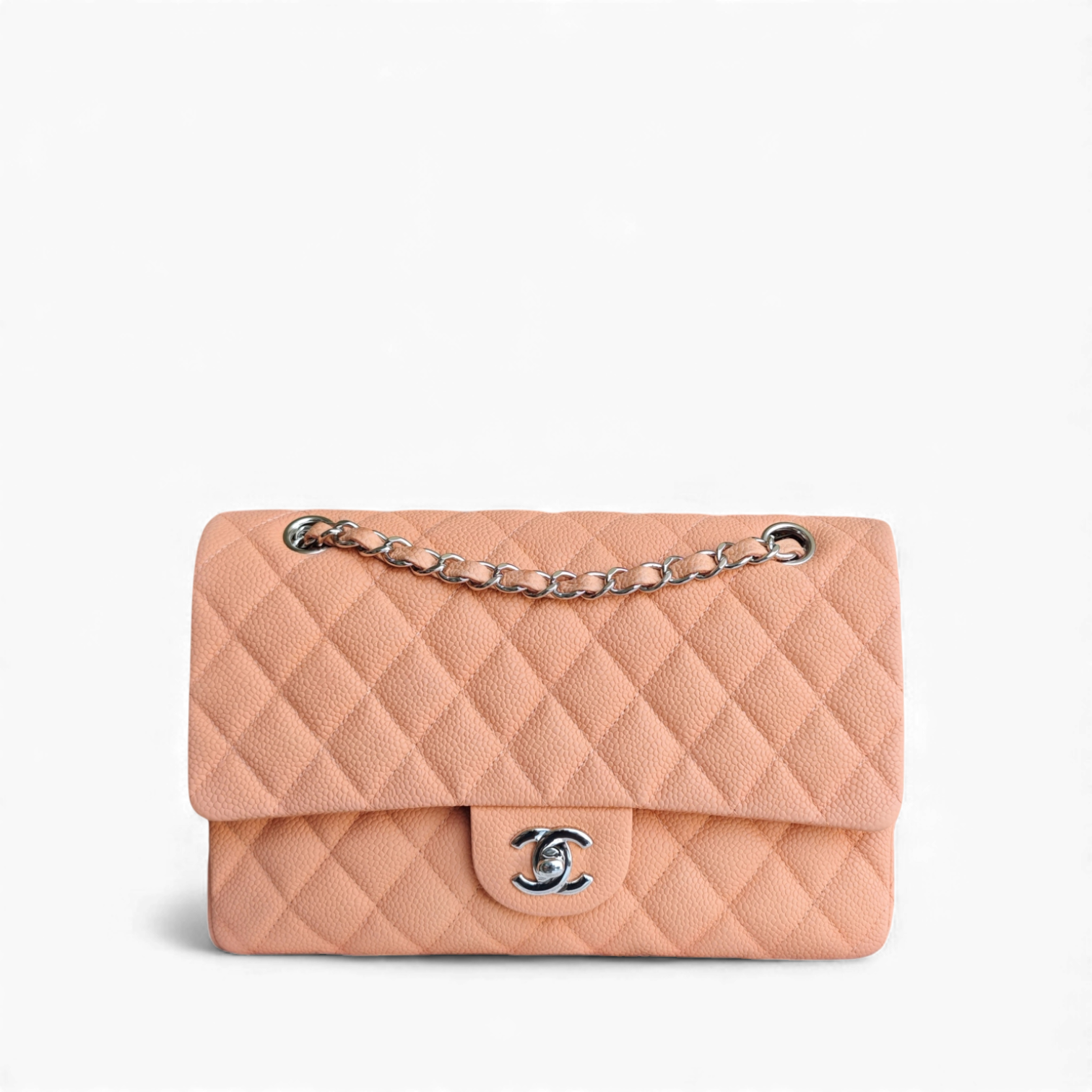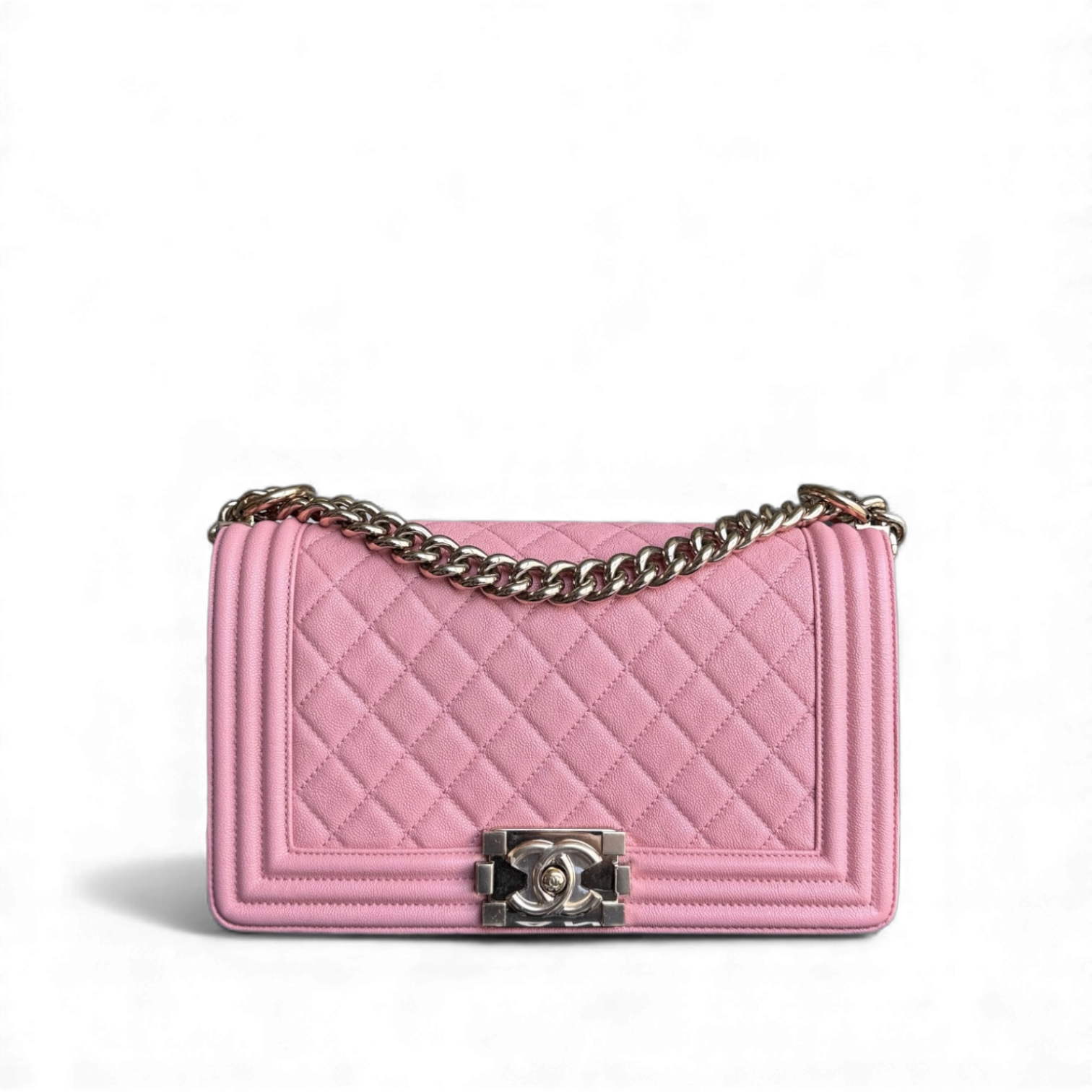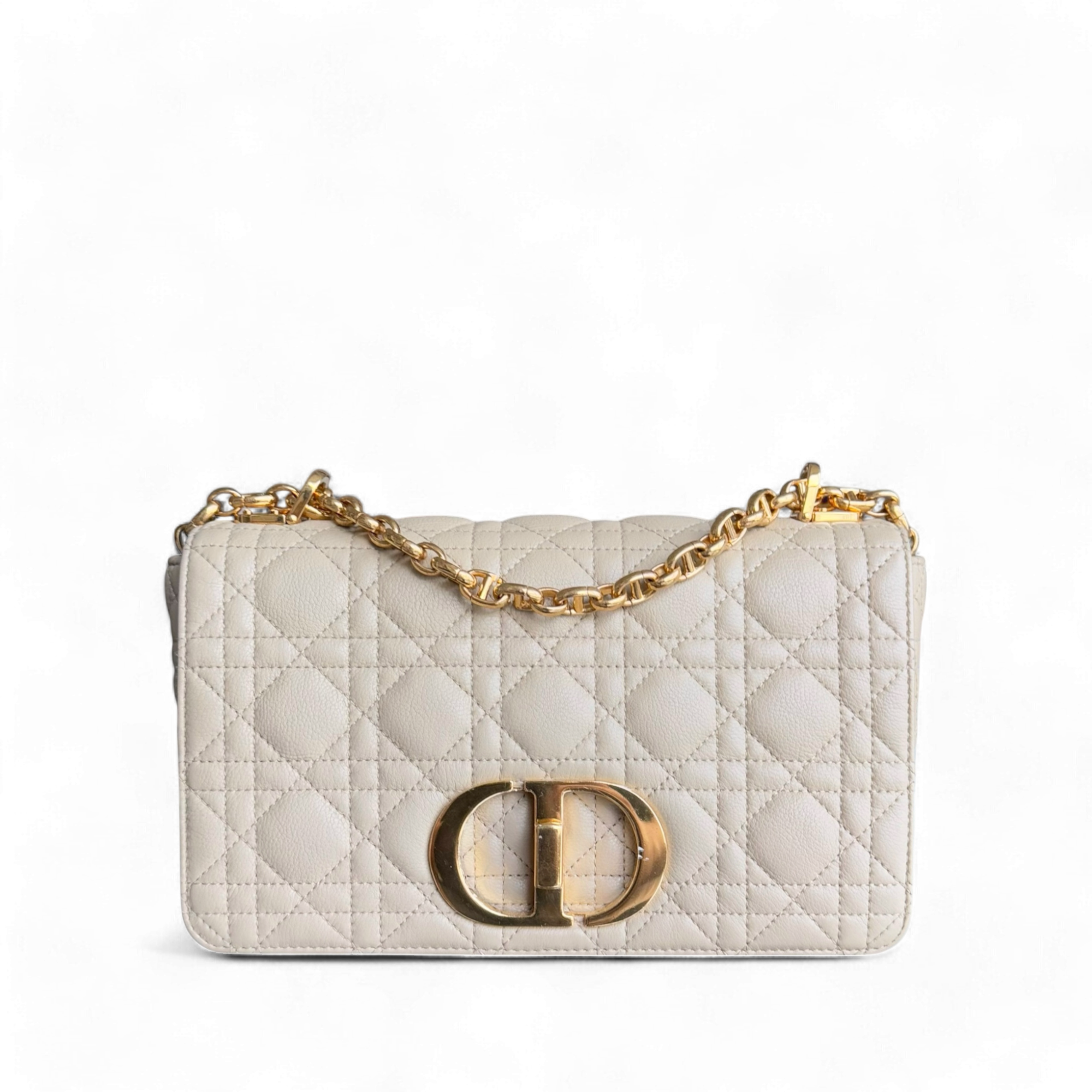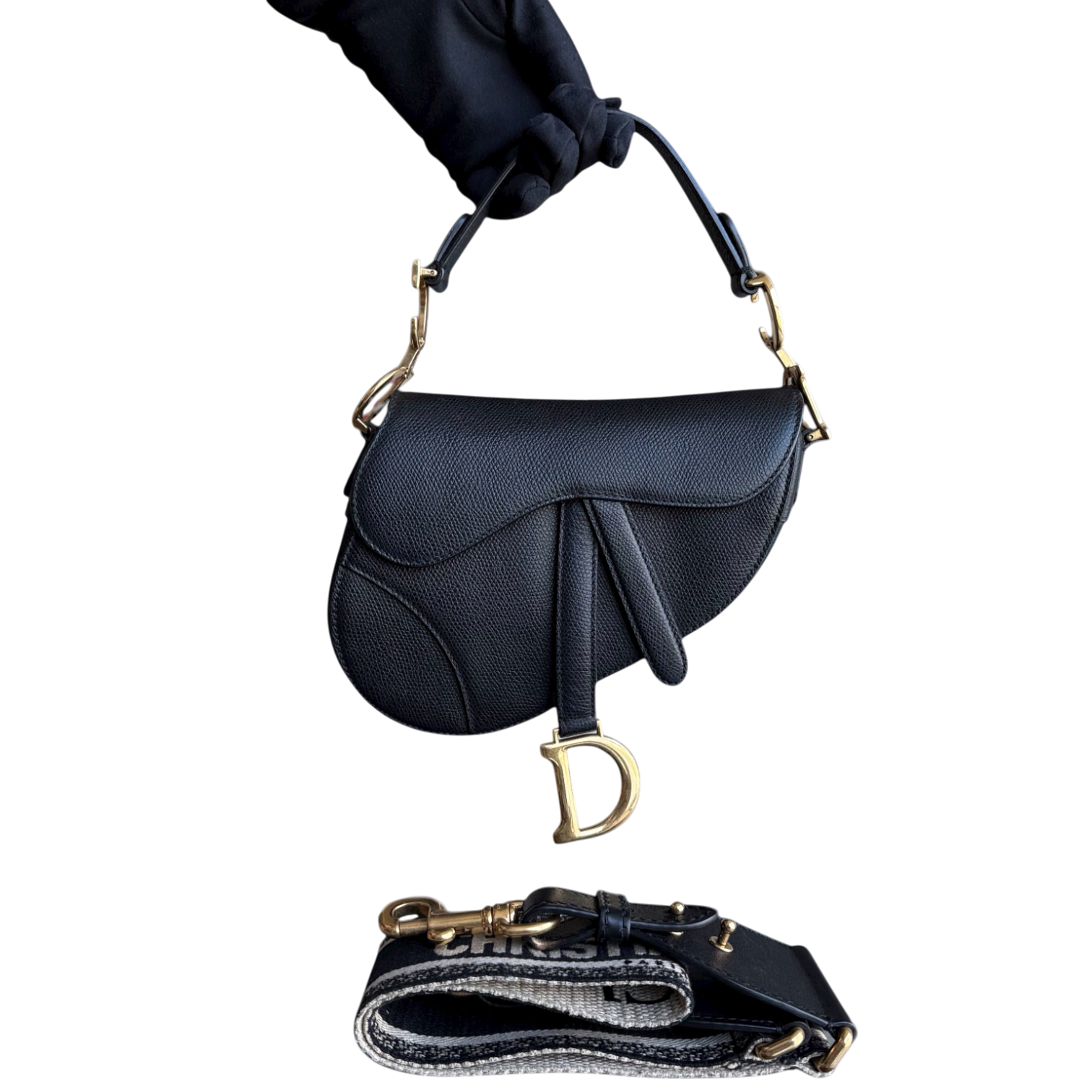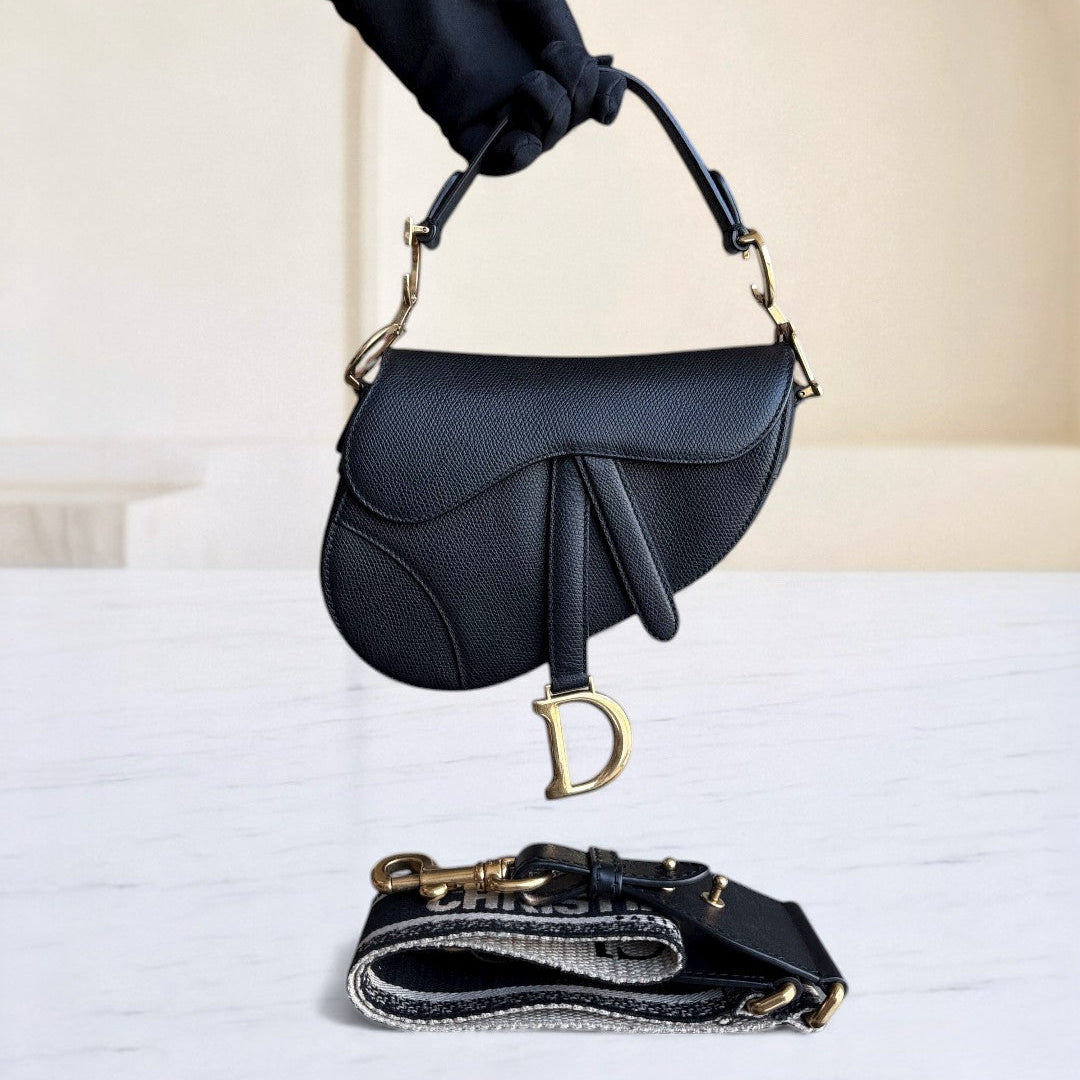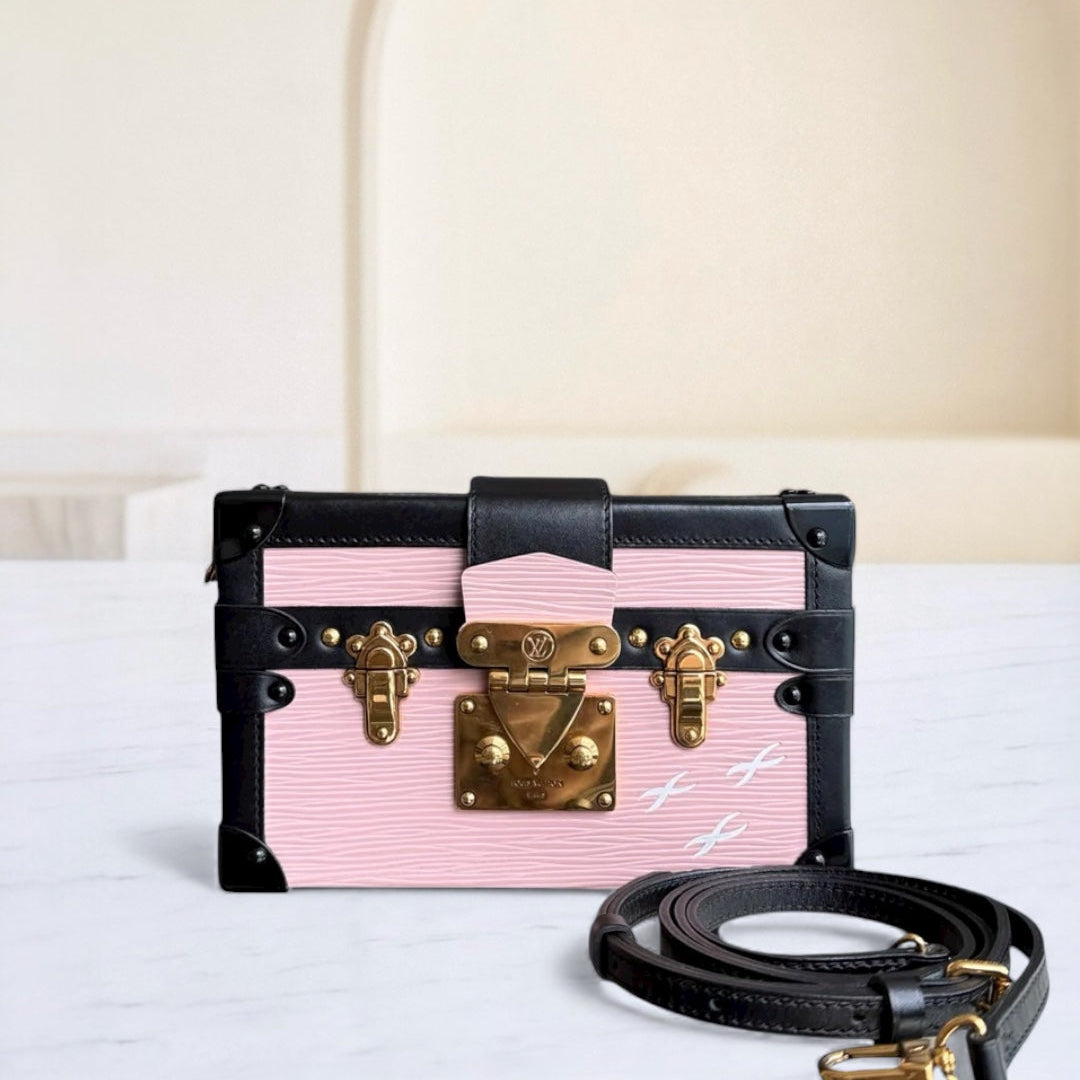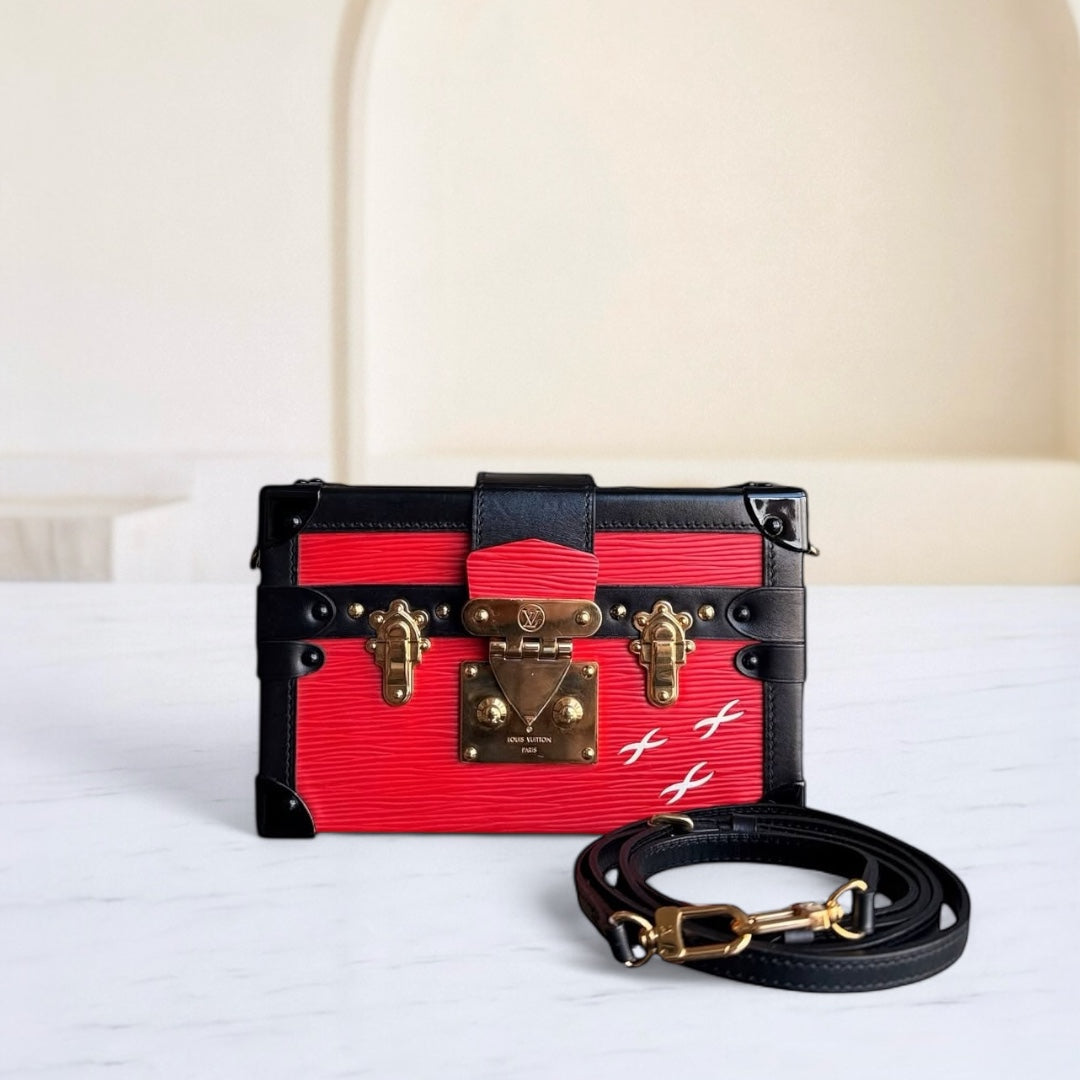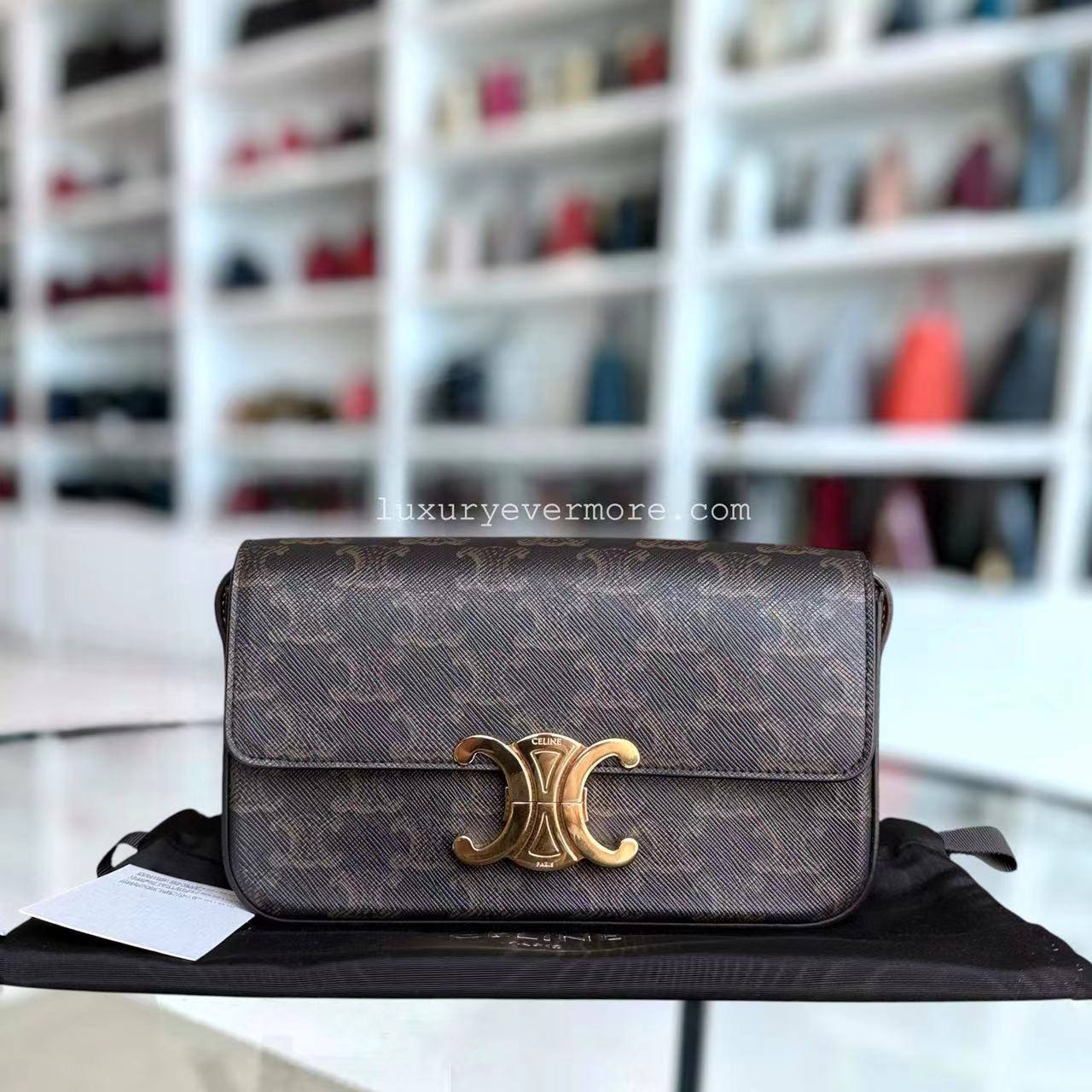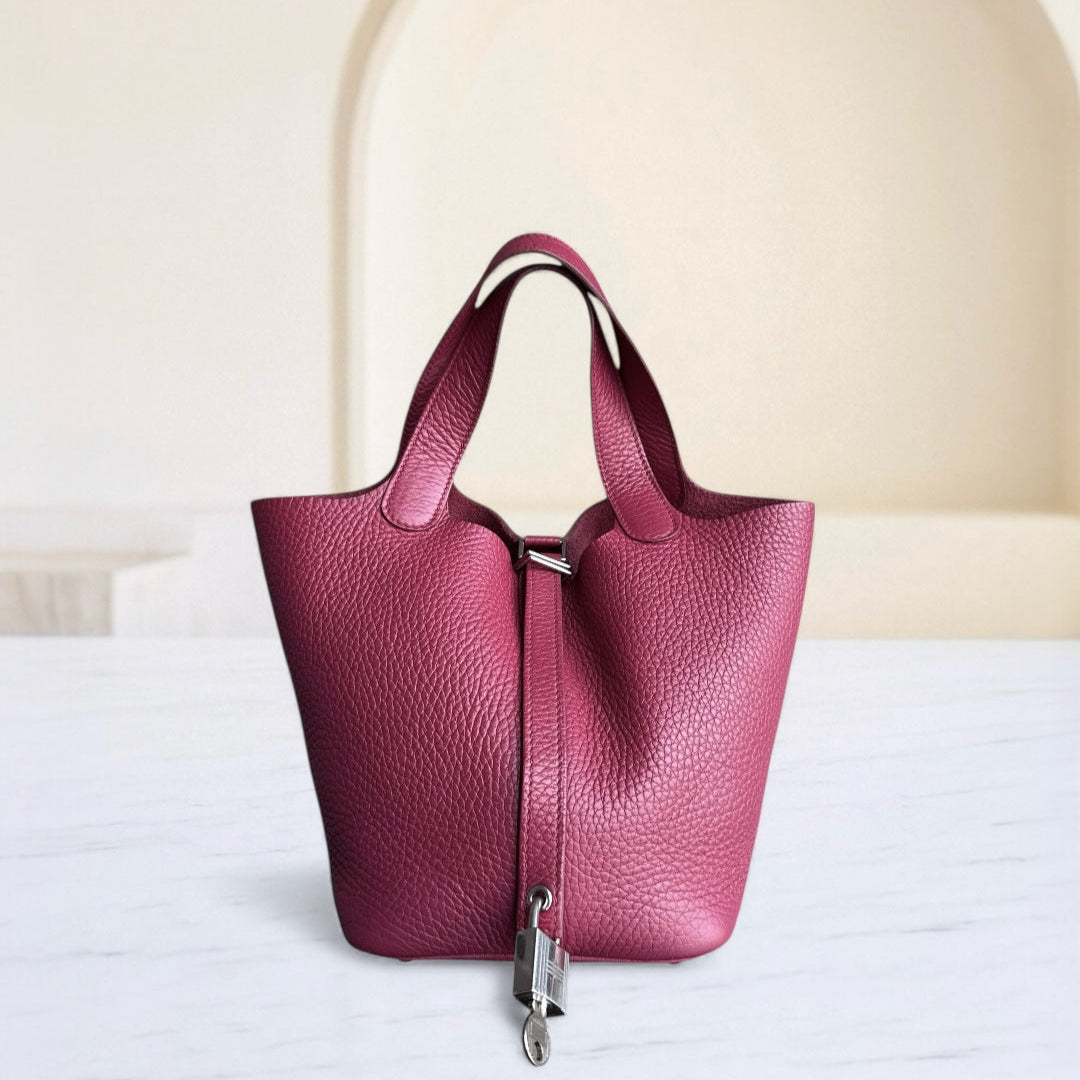Everything You Need to Know About GIA Certified Engagement Rings
One of the most significant factors to consider when choosing an engagement ring is the certification of the gemstone. Due to the high cost and value of such gemstones, it is critical to ascertain their quality and authenticity. There is a recognized diamond grading system made by the Gemological Institute of America (GIA), which is accepted throughout the world. Such a GIA-certified engagement ring ensures that the diamond has passed thorough checks and meets the highest international standards. This certification documents all the essential facts relating to the diamond, namely, its cut, color, clarity, and carat weight, also popularly known as the 4Cs. Therefore, there is a need to appreciate the relevance of the GIA certification so that prospective buyers can be at ease knowing that they will be purchasing a ring that signifies their commitment and not just the investment. This article seeks to analyze the intricacies involved with GIA certification, its relevance, what its standards are set against, and how to choose an engagement ring with respect to personal choice and the price range.
What Makes a Diamond Engagement Ring GIA Certified?

The Gemological Institute of America must provide a report indicating the grading level assigned to a diamond engagement ring in order for it to be GIA-certified. This thorough accounting renders certification of every diamond genuine and is based on the key determinants of a diamond, which are the 4Cs: cut, color, clarity, and carat weight. The process is effortless as several scientific tools are used, which allows the GIA’s evaluation to be impartial and comprehensive. Every diamond report holds a serial number that can be traced back to the GIA databases, increasing confidence and tranquility amongst purchasers. This accurate system of certification gives birth to an immense gap between GIA-certified diamonds and those that have been graded by other competing Laboratories.
Understanding the Role of the Gemological Institute of America
As a major player in the diamond and gemstone industry and gemologist education, the Gemological Institute of America (GIA) was established in 1931 as a united states non-profit organization focusing on gemstone evaluation standards as well as developing the 4Cs grading which is the established industry standard for evaluating diamond quality.
The institute has a number of modern laboratories all over the globe whose gemologists use appropriate optical, laser, and spectroscopy instruments to carry out thorough examinations of the stones. Other notable, non-diamond gem appraisal-related activities also come from their courses, which allow young gemologists to learn how to carry out gem appraisal due to the education programs that they provide. Thanks to these programs, millions of reports have been published by GIA, leading to consistency and reliability in data for customers and professionals as well.
The GIA Does research and development on a wide range of gemstones that help improve their grading standards and processes. Such research and development publications are well circulated in conferences and publications and, as a result, cement their role as practitioners in the global gemological community. In light of such reassurances, GIA projects itself as being highly credible, active, and knowledgeable in matters of gemstones and the jewelry sector in general.
The Importance of Certification for Diamonds
An important aspect of the diamond industry is certification, which provides a disinterested and scientific evaluation of diamond features, thus promoting accountability and confidence. Certificates for diamonds are usually given to prized stones after the GIA has comprehensively examined the diamond with respect to the 4Cs – cut, color, clarity, and carat weight as well as other parameters such as fluorescence and symmetry. Such documentation performs the critical function of equipping the consumer with the necessary information about the diamond when making a purchase as well as assisting in retaining the price of the diamond in cases of resale and during insurance valuation. Given that a certificate guarantees that the diamond is genuine and of high quality, the precious stones are generally expected to maintain their worth or even increase in value over time. In addition, the issuance of certification increases market assurance by providing common benchmarks for the evaluation of diamonds, thereby promoting the ethical standards of the industry.
How to Verify a GIA Certification for Your Diamond Ring
Creating an account within a few minutes and completing a GIA certification verification entails a simpler verification that can help to ensure that specific diamond stones ratings are warranted. In verifying this, one has to follow the following procedures step by step:
- GIA Report Number: Search for that GIA report number which is normally engraved either around the girdle of the diamond and or any form of paper or electronic certificate which came with the diamond stone.
- GIA Webpage: Go to the official GIA website (https://www.gia.edu/) and find the Report Check page.
- GIA Report Number: Type of the diamond number; Type of diamond number in word Form on the diamond GIA number which can be used in the report.
- Detail the Report Certification: The type of diamond GIA number that should be entered will not correspond to the ring. Check what low properties are related to the characteristics of the diamond ring you possess. Once you are authenticated to Replay, the report shows the diamond 4 Cerebrums other than a part of properties such as fluorescence and measurement.
- Information Verification: It will be honored to protect those who able to purchase a diamond ring because of every data available which is represented within their certificate should correlate with the purchasing of the diamond ring. Other than that you could raise such concerns to the Retailer or to the GHA directly.
- Retrieving the Report: Where you deem not necessary to use the report simply skip that stage otherwise download or print the revised one for your records it is very helpful for the history element of any diamond.
Carrying out these steps will ensure that you are able to verify that the GIA certification on your diamond ring is genuine, giving you confidence in your investment.
Why Choose a GIA-Certified Diamond Engagement Ring?

The Benefits of a GIA-Certified Diamond
The inclusion of GIA certification in the diamond engagement ring of your choice ushers in the understanding that the diamond has been thoroughly analyzed by independent professional opinion. In fact, GIA certification provides scope for engagement ring buyers, thanks to detailed grading reports about the diamond’s 4Cs - Carat, Color, Clarity, and Cut. This verification upholds the value of the diamond, assuring that you are making a safe purchase. Also, GIA is well-known worldwide as a leader in gemological research; therefore, the diamond conforms to the best standards in the market. With a GIA-certified diamond, you know where your money has been spent, as there is no room for mistakes. It is a decision you will never regret.
How a GIA Certification Adds Value to Your Engagement Ring
One way a diamond engagement ring can be proven to its rightful value is through the GIA certification. Carat, color grade, clarity, and cut of the diamond are precisely described, leaving no room for under or over-estimation. g a ring as an engagement ring becomes a major task, and the buyers need to go through a bitter, long, and tedious process of estimating a ring. The GIA certification adds value by providing that ease. The result is that there are fewer problems or grievances at the time when a deal is conducted. More importantly, the diamond ring trade is increasingly becoming competitive and costly. GIA numbers are cited as positive points to have as those rings immensely benefit the holder. Clearly, this makes buying a GIA-certified diamond an intelligent move for buyers who want to save money but get great quality stones at a bargain.
Comparing GIA Certified Diamonds to Other Certifications
Several organizations play and compete in an important role in the evaluation of gems and jewelries comparing GIA diamonds to other certified diamonds.
- American Gem Society (AGS): Takes a different approach in grading diamonds by introducing a scale of grading from zero to 10. Unlike GIA which uses the alphabetical system on cut AGS uses numbers on cut without a limit however cut performance analysis is allowed for better light performance.
- International Gemological Institute (IGI): In most instances, GIA is used as the comparison for IGI certifications although in some instances it appears to be less stringent in their regulations. IGI’s forte is on grading fashion jewelry and smaller diamonds, the main reason being lower cost and quick service.
- European Gemological Laboratory (EGL): Some reports show that EGL is uneven in grading which shows inconsistency. However, compared to the international market that gravitates towards affordability and speed, EGL fits in well at those times.
- Gemological Science International (GSI) is among the latest labs to be developed. It focuses more on providing quick services and grading and targets jewelry retail, where the number of pieces and speed are key.
- Hoge Raad voor Diamant (HRD): The HRD is outstanding in European markets and is located in Antwerp. It is famous for its stringent standards toward grading, especially with respect to color and clarity, and is known to be accurate in all its certifications.
All of them serve separate segments of the diamond market. At times, having GIA is a good idea because it is consistent and detailed—as the standard for grading goes. Knowing these differences can help customers make better choices depending on what they deem most important: accuracy, reputation, or price.
What are the best styles for GIA-certified engagement rings?

The Appeal of the Diamond Halo Engagement Ring
With an ability to accentuate the center stone in a vintage yet timeless design, the Diamond Halo Engagement Ring is one of the renowned choices. Halo settings encircle the primary diamond with elaborate settings that enhance the reflection of light, resulting in an illusion of a bigger diamond, which looks prettier with GIA-certified diamonds especially intended for light optimization. The arrangement of the cornerstones extends from the rounds and ovals, allowing for a diverse style. This particular setting is ideal for those who want simplicity combined with extravagance without any valid reason to be concerned about the standards, having the guarantee of the GIA certificate for maintaining the high quality of clarity and color.
Choosing Between Solitaire, Marquise, and Other Cuts
When it comes to choosing the perfect style of engagement ring, one must understand the intricacies of the different cuts so that the ring fits the person’s look and lifestyle. Every cut has its own distinct beauty and functionality which enhances the overall beauty of the ring in a different manner.
- Solitaire Cut: The solitaire cut is one the most popular engagement ring style as it is easy to maintain and elegant in its own right. It has a single diamond as its center stone and, for this reason, is an excellent choice for those looking to showcase the diamond quality, especially the cut. Those looking to purchase a high-grade GIA-certified diamond would most definitely pick a solitaire. Most of the solitaires have either a princess or round cuts, as these can maximize brilliance and fire because of their facet arrangements. All in all, these rings would go in all settings.
- Marquise-Cut: The marquise cut is one of two thousand four hundred and fifty diamond cuts registered, and the smile of the Marquise de Pompadour has inspired it. This particular cut allows for a bigger representation of the carat weight and is ideal for those who want to enhance the structure of their fingers. Nevertheless, this style is unique in itself and is very hard to craft as great amounts of skill and effort are required to ensure symmetry and to eliminate the midsection, also known as a bowtie effect, which is essential to the GIA, which focuses on cuts.
- Other Cuts: Cuts such as oval, pine, pavé, emerald, and cushion are also stylized cuts. Each one has a different arrangement of facets, which changes the sparkle and appearance of the diamond. For example, a diamond cut into emerald boasts a hall of mirrors effect finish because of the step cut, cut into the cushion, the result is an antique-looking cushion which supports light better. Gentle-shaped cuts such as the ovals allow for a softer appearance that blends seamlessly with vintage décor. Round shapes seem to be winners as the trends indicate where diamond’s light performance is more flat; meanwhile ovals and cushions render to be the most vintage yet modern fusion.
In the end, it is a decision of personal taste. When making purchases that involve traditional setting rings with three stones as their centerpiece, sharp-edged marching rings, or plain ones, consider the diamond’s GIA certificate for cut quality in terms of occasion. If controlled properly, these factors result in aesthetically appealing timeless pieces characterized by personal values and exquisite quality.
Exploring White Gold and Platinum Bands
Among the numerous options available, two metals that remain prominent for use in jewelry bands are platinum and white gold, which both offer different system of features. White gold is an alloy consisting of gold and sometimes nickel or palladium. It is more affordable than platinum, and its color is appealing as it is silvery white. Most are able to afford it but it comes with the downside of having to consistently re-apply rhodium plating in order to keep its luster and strength. Regardless, due to its metal composition, it was still able to withstand time and still be worn over extended periods of time which makes it a decent option for most individuals.
Now, Platinum is a white metal with the highest density yet is the most malleable and ductile; the metal can also be classified as hypoallergenic as it is naturally less likely to produce an allergic reaction in individuals with sensitive skin and during its lifetime due to its properties, it will seldom lose mass due to the metal wearing off. Although the metal may seem out of reach due to its pricing, its value and demand are underlined by its rarity which allows buyers to justify the expense easily. It was also able to provide a big conclusion for both materials as they are beneficial for themselves and the economy due to the recent trend shift of supporting more ethical practitioners and sources, which only reinforces the logic behind the expenditure. All in all, the decision to purchase either platinum or white gold should depend on each individual’s budget and lifestyle.
How Does a GIA Certification Affect the Price of a Diamond Ring?

Factors Impacting the Cost of GIA-Certified Diamonds
There are three basic elements that affect the price of a diamond ring: carat weight, cut, and color. Starting with the first one, a diamond’s carat weight is the primary determinant in its valuation. As its rarity increases, its price does, too. The market price of a diamond will expand disproportionately with a larger figure of carats because of how much more valuable it is. Next is the cut, it will affect how well the diamond is cut in terms of how the fire and brilliance of the stone is affected. The better the cut is, the more chances it has of increasing the price as light is bounced off the diamond.
The Diamonds GIA-certified ring does cost an extensive amount and slows everything around D and Z; the majority, including L, is the most expensive. Then there is clarity, which, in short, is dependent on how many outstanding or internal flaws are present throughout the ring in terms of their purity level, which runs from Perfection to Abundance. Thus why, being a rare, valuable sight, diamonds that are Flawless are so sought after as possessing no blemishes when viewed magnified is a difficult trait to find.
Not only the 4Cs but also the diamond's certification adds to a diamond’s merit. The GIA certificates have a good reputation and are regarded as some of the more severe grading norms in the world. He continues by saying that political and economic markets have an effect on the supply chain and, therefore, can disrupt the availability of the product, which results in price changes. Additionally, consumers have started to become more aware of and appreciate ethical sourcing and traceability, which could, in turn, boost the demand to have diamonds made with certified environmental and social standards, causing price range changes.
Understanding Diamond Grading and Pricing
The 4Cs–Carat, Cut, Color, and Clarity should be the fundamental elements taken into consideration that drive demand for a diamond. A Carat margin depicts the weight of diamonds. Therefore, this means that it is reasonable to state that the bigger the diamond, the higher the diamond’s cost per carat will be. Quality cut depicts the ability of the diamond to reflect light, and therefore, it’s a critical feature that increases the value of the diamond. As for color, they are graded from D–unsightable Diamond to Z, which has a tinge, and based on market statistics, most people tend to seek diamonds with a “D” grade. Clarity conveys the level of blemishes that the diamond has both inside and out, and roughly when the grading says Flawless (FL), the price will be sky high as it is quite rare.
This diamond GIA certification allows many authors that specialize in diamonds to establish the originality of the cut as well as the creation era and the aim as well which, while writing or assessing the diamonds, become crucial factors, hence allowing appropriate price setting. Specific supply chain problems, as well as consumers' preference for original but cleanly sourced diamonds, can have strong effects on pricing in addition, as these are a proxy for specific geopolitical and environmental factors.
Comparing Prices: 14k White Gold vs. 18k White Gold Rings
There are some attributes that affect the pricing that could explain the perceived cost difference between both the 14k and 18k as white gold rings and that is the market factors and the composition of materials.
Gold Content:
- 14k White Gold: Pure gold is comprised of 58.3% of this alloy while the remaining metals are silver, manganese, nickel, or palladium. This helps to strengthen the 14k white gold alloy and makes it less expensive. It means that the jewelry will be more affordable although the factors influencing its price will vary.
- 18k White Gold: As for this alloy, it composes of pure gold (75%). This on the other hand raises the price of the alloy as the gold content increases the level of pureness hence the base material cost rises as well.
Durability and Wear:
- 14k White Gold: This alloy possesses a striking resistance to tarnish and corrosion due to the other elements alloyed into it, on average it will not be scratched easily, and the properties make it appealing to use in daily wears such as in Wedding and Engagement rings because it is expected to last long.
- 18k White Gold: This alloy stands out in the market due to its glitzier appearance however it is softer than the average and has a lower purity. Engagement rings are usually crafted from alloy because they make containing intricate details much more comfortable.
Market Trends and Pricing:
- 14k White Gold—a lower percentage of gold in the ring and the incorporation of other metal elements in the alloy increases its resilience, hence making it cheaper and more suitable for a wider market availability.
- 18k White Gold Rings: More expensive as a result of the higher gold content and the high-end appeal that accompanies such gold rings, wider consumer appeal among those looking for exclusive high-end gold jewelry products.
Consumer Preferences:
- Aspects such as gold pricing and increased backlash towards the sourcing methods adopted in the industry have chances of changing consumer preferences which in turn affects the prices in the market of 14k and 18k white gold rings. Premium jewelry items that have an assurance of sustainability or ethical sources of material are expected to be sold at higher prices.
To conclude, 14k White Gold rings are a more cost sensitive and durable solution while 18k carat gold rings are suited for individuals who consider the jewelry more than its metallic content due to its wide range of appeal and extravagant designs. A buyer’s purchasing criteria should factor in the jewelry industry's budgetary limitations, lifestyle, and overall aesthetic preferences.
Where to Buy GIA-Certified Engagement Rings?

Finding Trusted Jewelers for Certified Diamond Purchases
Witnessing the drastic shift toward online purchasing as a hub for new generations, it becomes of utmost importance to outline how to spot a good GIA-certified diamond jeweler. Clients are encouraged to check the accreditation and business reviews on Google or other platforms. Such aspects, such as being respectful to business ethics, indicate that the jeweler is at least registered specifically at Jewelers of America. More specifically, customer reviews, whether through sites or direct testimonials, can help in gauging the reliability of the jeweler. Also, how much information does the jeweler manage to provide about diamond certificates, return policies, and claims handling? Using these parameters, diamond pieces can be purchased from relatively trusted sources who are genuine in delivering quality pieces.
Online vs. In-Store: The Best Place to Buy Your GIA Certified Engagement Ring
Whether or not to order an engagement ring that is GIA certified is determined by weighing the benefits of purchasing it online as well as in a store. Due to their business model, online retailers recrut a large customer base as well as provide attractive prices. James Allen or Blue Nile features websites that display images and videos of diamonds so customers can have a real-life experience with the engagement ring before its purchase. On the other hand, when engaging in the purchase of diamonds through a place such as Tiffany & Co., customers have the benefit of the services being more personal since it allows customers to view the ring and measure aspects such as clarity and brilliance. All in all, it all comes down to convenience and how much customers are willing to spend on an engagement ring, most likely the factors that determine whether a purchase has to be made online or in a physical store.
What to Look for When Buying a GIA-Certified Diamond Online
The first set of stepping stones that need to be taken is verifying the authenticity of the certification. The GIA is perhaps the most popular institution of diamond grading. It provides a unique report number that can be corroborated on its official website, ensuring the uniqueness of the characteristics of the gem provided by the seller. The Lois of a diamond cut, color, clarity, and carat weight should also be carefully gauged as these interact with the value aspect. The diamond's images and videos would be helpful in examining the features in detail. To further improve the whole purchasing process, Blue Nile and James Allen are good websites and Jewelers to network with. These provide a good range of customer service and return policy options which are secured. The competition found for pricing of the diamond over the internet will also more often not be helpful in ensuring the budget allocation is effective.
Frequently Asked Questions (FAQs)
Q: What is the uniqueness of a diamond engagement ring with a GIA seal of approval?
A: What makes GIA certified diamond rings special is that they have an endorsement from Gemological Institute of America (GIA) which is a well-known authority when it comes to diamonds. This endorsement guarantee that utmost examination of the diamond has been done with respect to its quality especially the 4 Cs which include cut, color and clarity as well as the carat size. Therefore, this boosts confidence and increases satisfaction whenever one purchases a diamond.
Q: Would it be a good idea to settle for a diamond ring that is emerald cut?
A: An emerald cut diamond ring is one of the most preferred for engagement because of the stunning elongated shape combined with the vintage look to it. With its step cut design, it allows for superior clarity and color to the stone, making it rich and sophisticated. This is an excellent choice for customers who wish to wear a diamond that would never go out of style.
Q: How valuable is a diamond ring set in 14k white gold?
A: It is stylish and Contemporary. One advantage of having a diamond ring set in 14k white gold is that it enhances the overall diamond ring. Catching the eyes of many, whether the cut of the diamond, round brilliant, or cushion cut, the 14k white gold will work perfectly. That makes for an ideal diamond engagement ring as a solitary diamond form.
Q: Do lab-grown diamonds fall under the ambit of GIA certifications?
A: Yes, GIA certifies lab diamonds as well. It’s these rings which are otherwise referred to as GIA certified lab diamond rings. The procedure that is used to certify lab diamonds is comparable to that borne to natural diamonds making sure they are real.
Q: What are the styles available for a certified diamond engagement ring?
A: Some of the most commonly found styles for a certified diamond engagement ring are shore engagement rings with a single diamond set ring, three-stone rings, and engagement rings that come in a set. All these styles vary in how the diamond is set; for instance, there's one that has a single diamond as the centerpiece, whilst others have additional cut gems, e.g., baguette or emerald cut, attached to it.
Q: How does a two-color engagement ring complement the design in general?
A: For instance, a two-tone engagement ring may comprise 14k yellow gold and white gold; this is because the colors will contrast beautifully. This design choice can enhance the visual interest of the ring and complement various diamond shapes, adding to the ring's overall aesthetics.
Q: What should I consider when buying a solitaire engagement ring?
A: For a solitaire engagement ring, the factors to consider are the cut diamond shape, metal type (like 14k yellow gold or engagement ring 14k white gold), and the appealing design of the engagement ring. As the solo pieces are rarer, a diamond solitaire engagement ring is classical and highlights the grace of the stone.
Q: What advantages does it have when buying an engagement ring set?
A: To get an engagement ring set means buying an engagement ring that compliments the design of the wedding band, and when the two are joined together, there is perfect matching of style. This kind of perfect match enhances the features of the engagement ring either by having the engagement ring encrusted with additional diamonds and other design features.
Q: In which ways does a three-stone ring differ from a diamond solitaire engagement ring?
A: Whereas a diamond solitaire engagement ring is centered around one diamond only, and there are so many ways to achieve that, a three-stone ring has three diamonds or gemstones which stand for your past, present, and future with one another. These pieces offer a new and different angle of how one wishes to say their love story.
Reference Sources
1. Title: This Love May Be Fake - A Study on Consumer Views Towards Artificial Diamonds and Artificial Love
- Author: Purinton, Elizabeth
- Publisher: Institute of Business and Behavioral Sciences
- Published on: October 1, 2012
- Summary: This article sheds light on an apparent market gap as it seeks to understand why young, white, middle-class, adult American females do not frequent the artificial diamond engagement ring market. The negative depositions held towards artificial diamonds of effortless engagement rings are startling on a large scale. The significance of engagement rings in American culture and how such concepts of engagement rings have changed with the development of artificial substitutes have also been touched upon. It also catalogs the historical background regarding the importance of diamond rings during an engagement, especially the marketing strategy used by De Beers company (Purinton 2012, p.68).
Contact Luxury Evermore should you need help with acquiring or building up your collection. There is a variety of brands with different styles, as well as sizes, and colors, for example, Hermes, Chanel, lv and Dior. If you are not lucky enough to find the bag you are looking for on our website then our concierge team will probably be able to order it for you. We provide 100% authenticity guarantee for all our bags, and any item sold on this site will be dispatched to you within one to two business days upon receipt of the payment.






